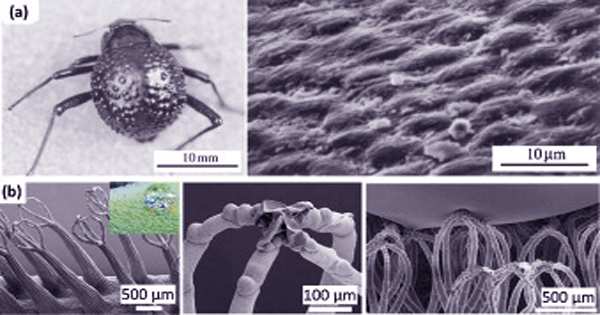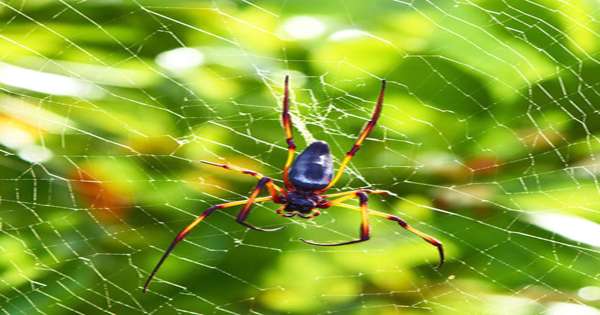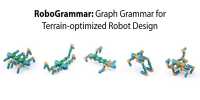
Cribblet spiders are named because of their unique web-pinning anatomy. Most spiders have a long single spinnet that they use to make a single thread, while cribblet spiders have silk- pinning limb. This organ works as a plate with many small, sometimes slightly raised protrusions, each of which produces very fine silk that is only a few nanometers thick. Spiders then shake these thin fibers on their legs using the callistrum structure and make silk with a woolly texture. This wool-textured silk is caught by spiders but somehow they are able to handle it without going into their nets.
Nanofibers are now a hot field of research, but one of the disadvantages of managing them is that they are usually stuck in equipment trying to drive them. Anna-Christine Joel, a leading author from RWHHen University, and her colleagues are wondering if the solution to this frustrating problem can be found in the discipline of the silk-immune spider. By identifying the spinning abilities of the Calamistrum comb spider, they decided what happened after it was shaved. They observed that silky-smooth, calamistrum-free spiders soon saw the formation of nanofibers in their legs. A closer look at the callistrum revealed that the finger surface was covered in fingerprint-like nanoriplaces that prevented the nanofibers from contacting the surface of the comb.
They decided to recreate this non-stick surface by tailing patterns similar to those seen in poly (ethylene terephthalate) (PET) foils on colistristum crests, which they later covered with gold. When tested for its anti-sticking properties, the artificial comb performs almost side by side with the spider. The anti-adhesive surface is still in perfect condition, but it is hoped that the discovery could provide a solution for handling adhesive synthetic nanomaterials and nanofibers, making future research and innovation easier.















